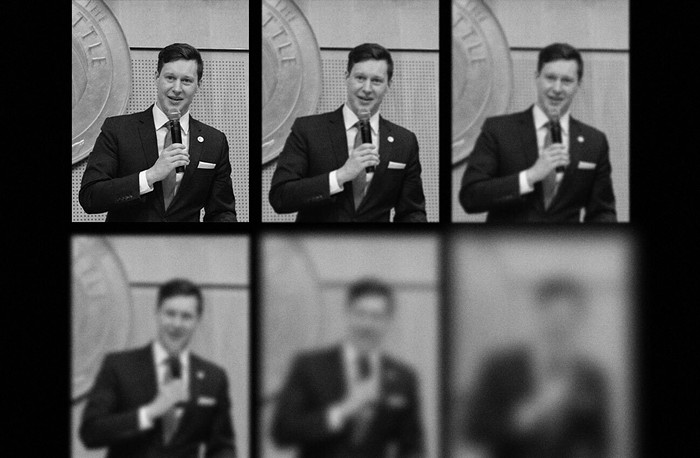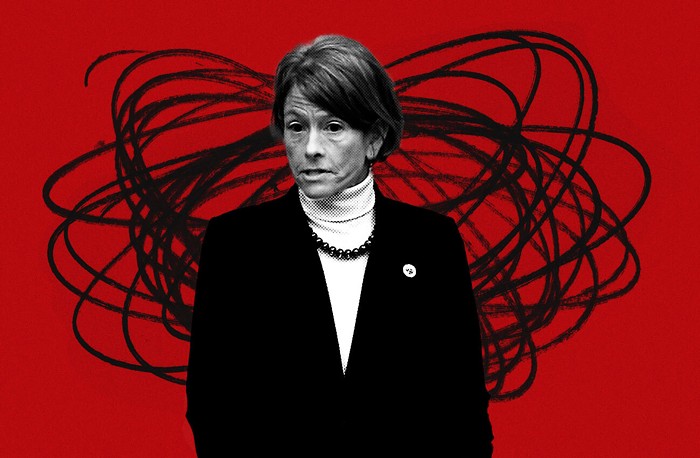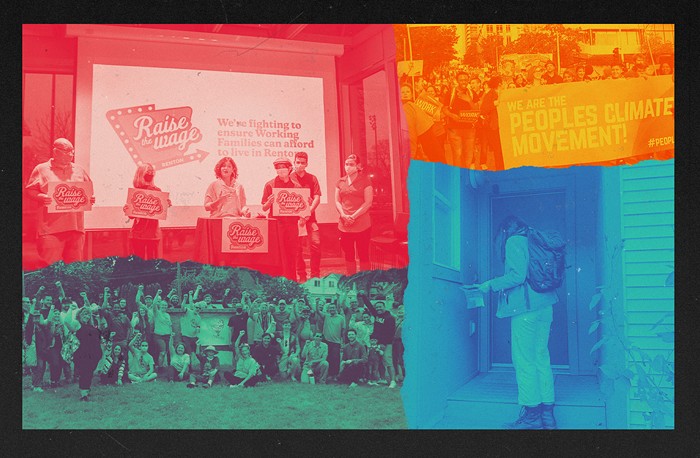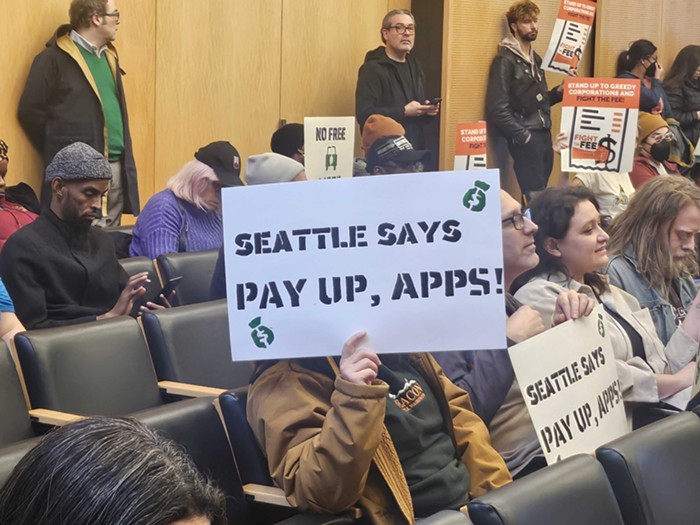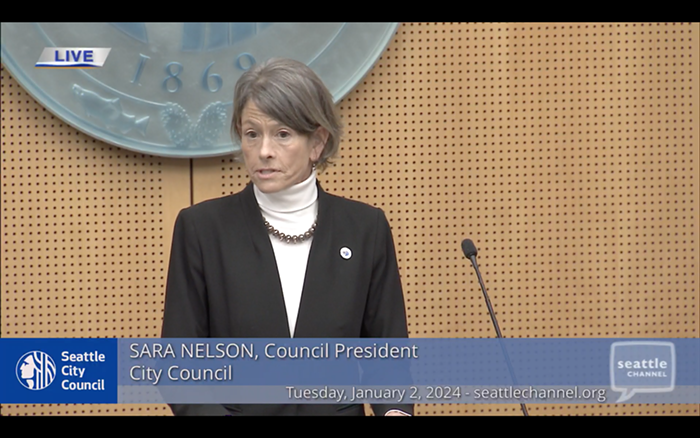This is Rome. There's graffiti everywhere. It's all over new buildings, all over newish buildings, all over ancient buildings. It's just how the city rolls.
One day in the middle of last month, while walking the streets of central Rome—the Vatican just 30 minutes away by foot, the timeless Tiber just across the section of Lungotevere, which was named after the Renaissance artist who gave us the fresco that famously captured the philosophies of Plato and Aristotle, Raffaello Sanzio—I found a dizzying concentration of graffiti on the Via della Lungaretta that seemed almost sacred.
This is how Giulia, a blogger for Blocal, a site devoted to Rome's "street art and graffiti," describes this wall, which is also next to Piazza di Santa Maria:
In Trastevere, there are five walls of poster art whose visual impact is nothing less than that of the most famous murals of Rome. The best known of which is in Via della Lungaretta, sharing a corner with Piazza Santa Maria in Trastevere. Here, Italian and international street artists have been 'cultivating' a wall for years that, much like a vegetable garden, changes according to the seasons in an organic and spontaneous way.
Spontaneity is the key to graffiti in all its forms. Without it, graffiti would die; and with it we can feel, in the words of Black Star, "the city breathing."
Moments before I encountered the Via della Lungaretta, which had a poem about finding truth in torment, peace in prayer, and the spiritual importance of exploring new feelings, I saw a compact garbage truck enter and make its way up a small street covered in graffiti. The vision reached parts of my soul that were unknown to me. What to make of this dizzying confusion of the modern (if not the futuristic—the garbage truck looked like one of the robots in Simon Stålenhag’s photorealistic paintings) and the very old, of a city that was at once established and historical and yet still contested, unfinished, and open?
All of this would have horrified our mayor, who is presently engaged in a war with graffiti, and also, for that matter, most Americans, who see street art as nothing but a sign of social deterioration, the rise of crime, and a violation of the chief virtue in our society: the ownership of property.
From the website From Home to Rome:
For most of our Northern-American guests, the city center of Rome offers a contradictory experience: on one hand, the beauty of the landmarks and monuments takes their breath away, but so does the overwhelming amount of graffiti seen on every corner. Some of our visitors even consider moving somewhere else for their holidays because they’re so spooked by what they associate with gang activity.
Here we must stop and think about this American coding (fear) of graffiti. How can we explain it? Why do so many people, many of whom even live in cities more populous than Rome, feel this way so powerfully? Because the source of this feeling is not innate (say, like the fear of something slithering in the grass) but rather informed by the way a society is culturally structured, it can be located and interpreted with cultural tools.
One way to read American aversion to graffiti is the widespread devotion to middle-class values. And by middle-class, I do not mean the 19th-century bourgeoisie, and, in Britain, those who the Whig party represented, but rather the one that emerged in the US after the Second World War. (The two often get confused.) That second group is acutely hyper-sensitive to anything that is perceived to diminish the value of a property. The reason for this is they do not have the luxury of the bourgeoisie (those with capital). Rather, they are wage-earners who do not have a portfolio of properties (some risky, some not) but usually just one property that is owned by a bank. All they actually own is the possibility to claim the rise of a property's value.
That is certainly a part of the story. But I want to introduce another, and possibly deeper explanation, which I call Compensatory Displacement (CD). What am I on about here? It is this: In our culture, there is a massive reservoir of political energy that's looking for outlets. But some outlets are permitted and others are verboten.
For example, free health care is simply out of the question in America. This is why "20 million people (nearly 1 in 12 adults) [are, insured or not, stuck with] medical debt." And so we find ourselves in the 21st century with one of the most expensive and least effective health care systems in the OECD. It has been like this forever, and it sure seems it will be like this forever, no matter how much democratic energy is devoted to the rational project of prioritizing the welfare of all Americans.
But Italy offers free health care to all of its citizens, who enjoy one of the highest life expectancy rates in the world. Also, its health care system claims only 9% of its GDP. (With the US, which doesn't offer anything close to free health care, it's nearly double that figure.) Because Americans can do nothing or very little about what's really socially important (universal access to health care), they are forced to re-channel their energy to an opening that's politically permitted: denouncing and removing graffiti. This you can do. And because it's one of the few things you are allowed to do, more noise is made about it than is warranted. This is Compensatory Displacement.
For sure, Italy is not entirely free of CD. For example: Because its citizens can do nothing about the European Central Bank's exploitive grip on their economy, they turn to an issue that's politically permitted: hating on migrants. The US, which does this (inflate unregistered border crossing into a crisis comparable in size and force to the housing crash of 2008), has far more blockages than Italy. One only has to think of "sensible gun laws." They are not permitted despite the always-shocking frequency of mass shootings. Migrant panic, the war on graffiti, and more are cut from the same CD cloth.
A few weeks before going to Rome, I took a walk from Capitol Hill Station to Vermillion Art Gallery and Bar. It was around 4 pm, and I saw down the road a young man removing graffiti from the wall of an apartment building across from Cal Anderson Park. Suddenly a wind picked up and flew in my direction. With it came a spray of the toxic chemicals the young worker squirted on the devalued wall. The chemicals hit my face and stung my eyes.


